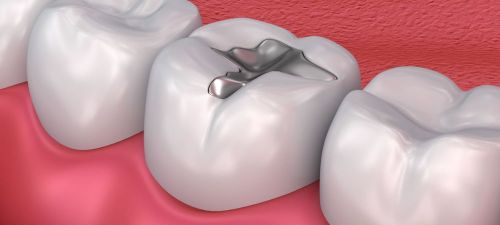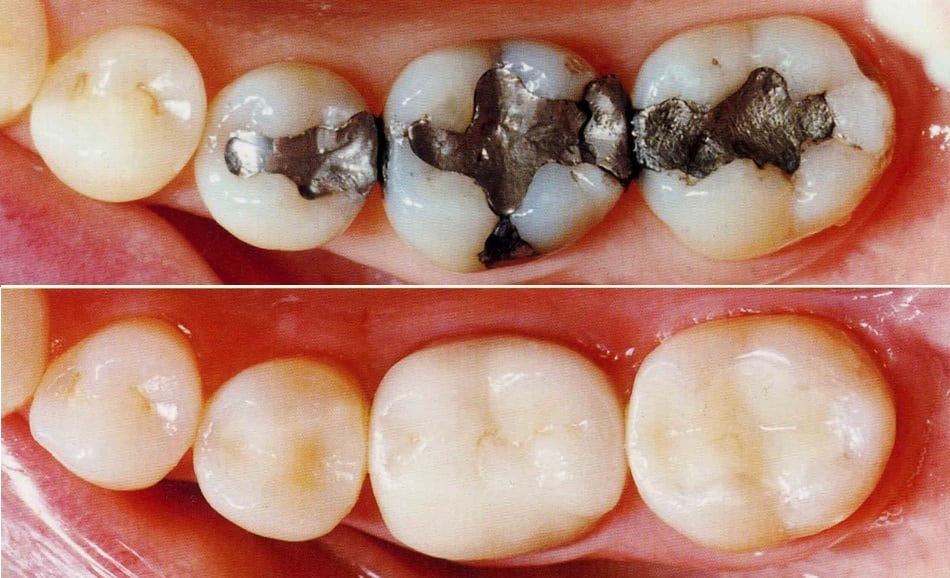-

020 8550 8217

Filling a tooth literally means that the dentist places material into or onto a tooth to repair it.
Fillings are usually needed because decay has caused a cavity to form or because a tooth has been broken or chipped.
There are two basic types of dental filling available: amalgam and composite.
Amalgam fillings are made of mercury, silver, copper and tin.
Composite (also known as "white" or "tooth coloured") fillings are typically made of glass particles, resin and a setting ingredient.
Many patients prefer tooth coloured fillings because they look natural and other people can't see them when you laugh or smile.
Composite fillings are often called "white fillings" but we actually use a wide range of different shades to exactly match the natural colour of your teeth.
Our clinical audit data shows that 96% of the composite fillings we place on front teeth last for more than 5 years.

Yes, though we generally recommend that fillings of any kind be replaced only when this is clinically necessary: for example, where decay occurs beneath or around an existing filling or a filling breaks.
Yes. Your dentist might be able to use an inlay, veneer or crown. Whether these are suitable depends on the condition of the tooth.